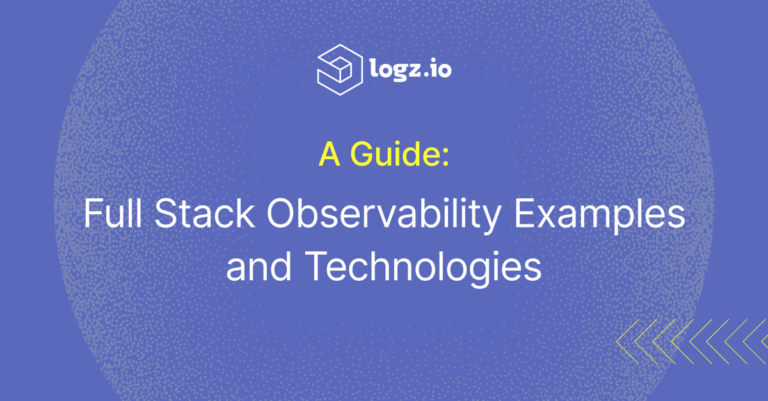
Critical Automation: Anomaly Detection for Application Observability
February 28, 2024

There’s no debate — in our increasingly AI-driven, lean and data-heavy world, automating key tasks to increase effectiveness and efficiency is the ultimate name of the game.
No matter what job you hold today, you’re likely being pushed to not only do more with less, but also perform your work with a tighter focus on specific outcomes and SLOs. This is certainly true of today’s engineering teams as they grapple with the complexity of modern, microservices-centric applications and supporting infrastructure running on Kubernetes and other ephemeral systems.
Enter application observability — the specific approach that today’s teams are adopting to ensure they have the most real-time, context and ecosystem-aware monitoring and troubleshooting for their cloud-native environments.
Yet, as much as this capability offers a compelling alternative to traditional APM based on its ability to cut through the vast amounts of available telemetry data, and surface “unknown unknowns” more conclusively that other techniques, application observability must be armed with significant automation that enables users to tighten the aperture on those services that matter most.
Introducing Anomaly Detection for App 360
While Logz.io has been offering ML and AI-based Anomaly Detection across the Open 360™ platform for some time, we’re excited to announce that we have now extended this capability to address the specific requirements of today’s applications observability users.
We’ve specifically added Anomaly Detection capabilities to our new App 360 solution, providing the targeted functionality that engineering and ops teams — or anyone responsible for oversight of specific applications services — need to ensure they are automatically alerted whenever these services and microservices fall outside expected parameters.
This is critical because while teams are of course monitoring the larger application and infrastructure to watch out for emerging bottlenecks or failures, we all know that certain areas of our software demand the most attention — such as the transactional aspects of an ecommerce tool, or any user-facing functions that will immediately result in decreased usage, or conversion.
We recently hosted a webinar with our co-founder and CTO Asaf Yigal exploring the ins and outs of the new Anomaly Detection capability. You can watch a replay from the video embedded below.
Adding Anomaly Detection for App 360 means that Open 360 users can now enlist targeted automation to do more of the work for them — automatically monitoring and alerting any issues occurring within the specific services they care about most, often those that immediately impact business or SLO-related requirements.
Further, in addition to providing the ability to create this more targeted approach to detection and alerting, it has been designed to give users the precise manner of utilization they prefer or that best tracks with their roles. Software engineers, SREs and platform engineering teams tend to use varied methods of monitoring and investigating their environments.
For instance, Anomaly Detection for App 360 allows Logz.io Service Overview users to employ a list-based approach for launching analysis of individual services, or larger lists of related services. Likewise, the capability enables teams using Logz.io Service Map to invoke alerting based on topography to understand complex networks of services, operations and endpoints.
For existing Logz.io customers, Anomaly Detection for App 360 is of course delivered to you at no additional cost, it’s simply enabled as a new element of the platform. For instructions on getting started — review our Docs portal, or contact your dedicated customer success engineer- we’re here to help you on your journey.
Applying more powerful and strategic ML and AI to consolidated observability data – to identify performance issues before they impact customer experience or perhaps even show up in production – represents the next wave of modern observability best practices.
Extending this vision to the sphere of application observability — complementing platform-wide automation with capabilities focused on our most critical, complex, business-impacting services — is an obvious next step in this process.
If you haven’t yet begun using Open 360, sign up for a free trial today.




